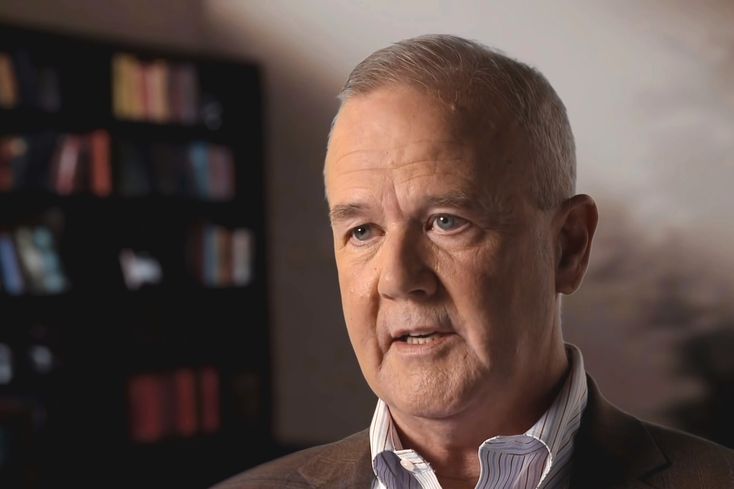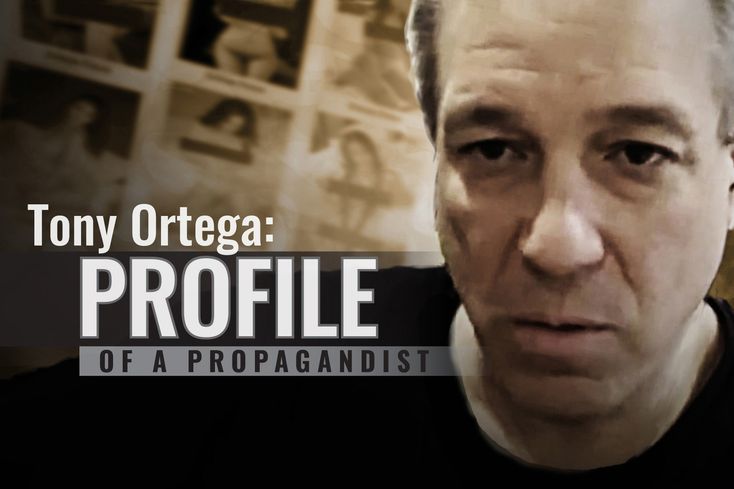Programmed for Violent Bigotry
Tony Ortega has tried to conceal the truth about his longest-running source: twice-convicted criminal and antireligious kidnapper Rick Ross.
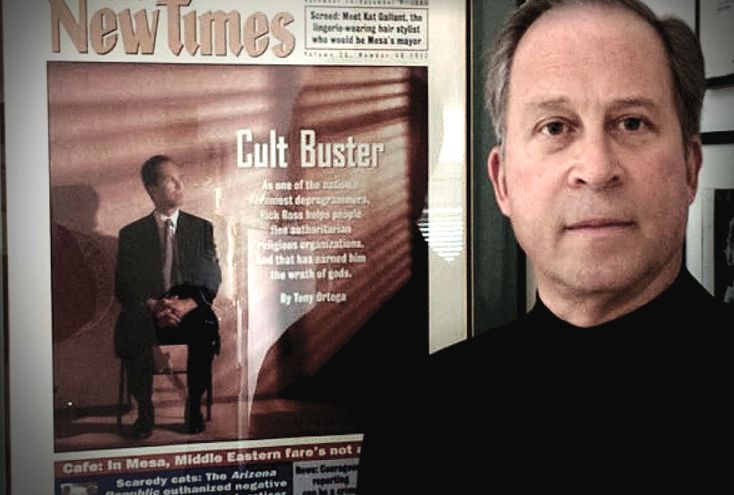
“He cannot realize that what he does is socially unacceptable and dangerous….He does not seem to identify himself with society and its laws.” So read an early report from the Arizona Department of Health Services on Rick “Ricky” Ross—then a Phoenix resident with a criminal history who today is Tony Ortega’s longest-running source for damning commentary on religions.
Ross’ antisocial behavior was evident on the night of January 18, 1991, when a team he led traveled to Kirkland, Washington, to kidnap 18-year-old Jason Scott. Scott was part of a Christian group his mother had left and was now determined to force her legally adult son to leave, too.
At the time, Ross was a leading “deprogrammer” for the Cult Awareness Network (CAN), a clearinghouse for criminal deprogrammers. In the pursuit of profit over individual liberty, CAN deprogrammers panicked families with propaganda, then hired themselves out to kidnap their adult children and coerce them into renouncing their chosen religious beliefs. The litany of crimes and civil rights violations committed in the name of CAN includes kidnapping, false imprisonment, physical and emotional assault, battery and rape. Christian groups were favored targets.
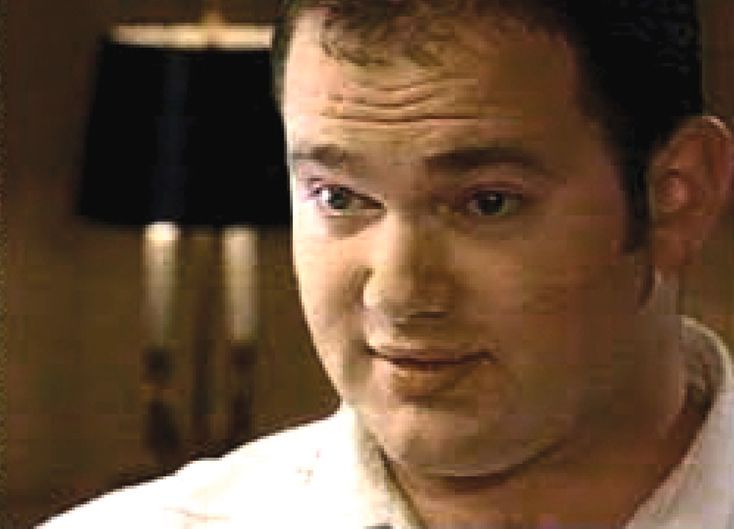
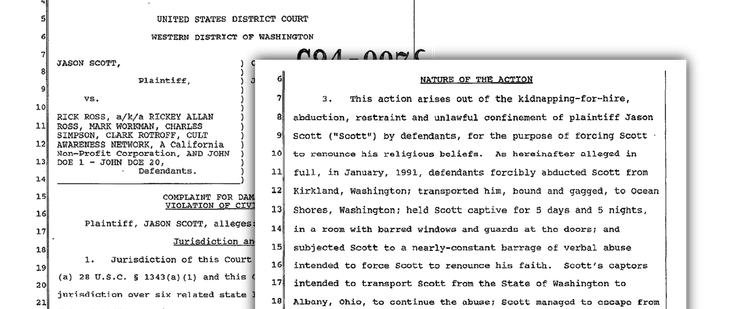
Ross knew the Scott assignment would revolve around the unlawful kidnapping of an adult, so he raised his rates and was paid $25,000. Ross was joined by three paid thugs he characterized as “security guards,” and the plan was launched.
On the day he was abducted, Jason Scott was delivering carpet to the family residence when three men ambushed and wrestled him to the ground, then handcuffed and dragged him across a patio, down a set of stairs and into the back of a waiting van, its windows covered by towels. Jason sustained multiple bruises to his back, legs and upper body.
“Rick grabbed the middle of my handcuff chains and was pulling and dragging me back on the cement out across the lawn,” Jason Scott recounted in testimony. “And then we got to the van…I grabbed onto the door handle and braced myself with a step, and then Rick came and immediately pried my hand off the door handle…I just started screaming. And then Rick said, ‘We need to quiet him up.’”
Ross’ hired thugs duct-taped Scott’s mouth shut and bound his legs with a nylon strap. Scott remained on the van floor, with one of his captors using his 300-pound bulk to restrain Scott by sitting on him. After a several-hour drive, court records show, Jason was forced into a house, taken upstairs and locked in a makeshift prison complete with metal detectors, barred windows and full-time guards posted to prevent Scott’s escape. The guards accompanied him to the bathroom and stayed outside the door when he slept.
Scott later stated that Rick Ross subjected him to verbal derision and abuse. “No matter what I said in defense of my church, it was torn apart, ridiculed, and made fun of,” Scott said. “They were times of extreme stress and anguish because I felt like a trapped laboratory animal tortured by excruciating experiments.”
By the fifth day of captivity, Scott, ill and in pain, feigned compliance. He convinced his captors he was ready to renounce his faith. Ross and his accomplices took Scott to a restaurant in town to celebrate. At his earliest opportunity, Jason excused himself to go to the men’s room and, once free from his captors, bolted out the door and called the police. Ross found himself under arrest—again.
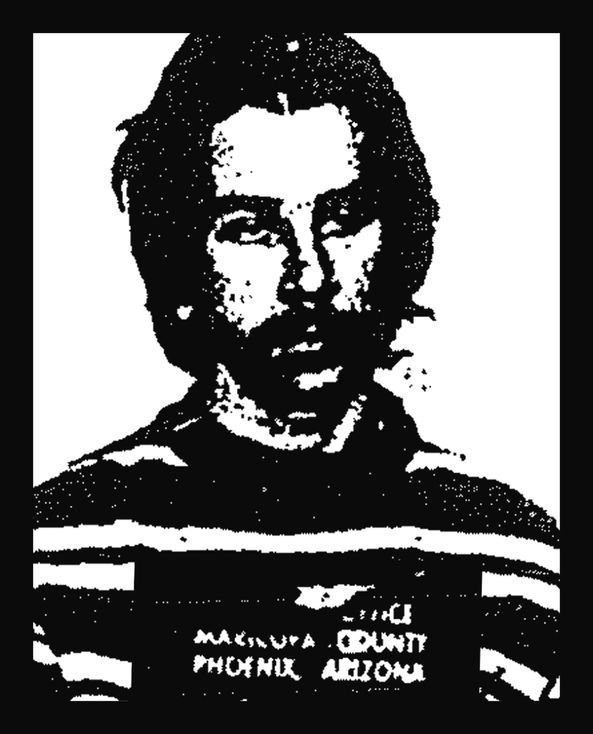
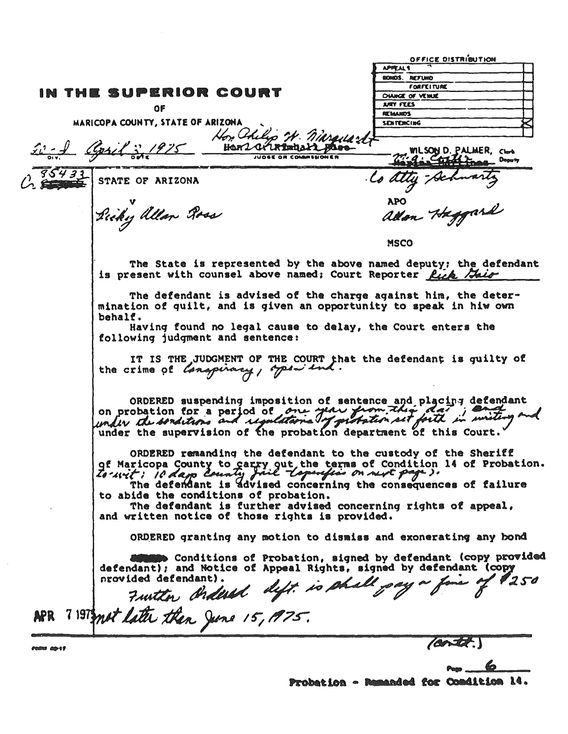
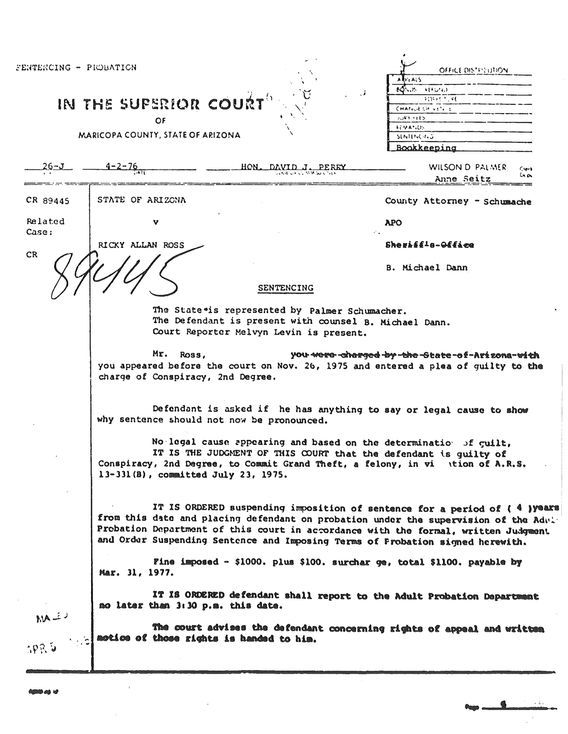
Before he began his career as a deprogrammer, Ross already had a criminal record. At 22, he was arrested and convicted after being caught in the act of an attempted burglary.
While still on probation, Ross was arrested again for a heist at the jewelry counter of a Broadway department store in Phoenix. Ross threatened to detonate a bomb, then walked out with a bag of jewelry valued at an estimated $100,000 retail. The heist turned out to be an elaborate sham: Ross and the sales clerk had planned it together for three months and they had split the proceeds.
After six weeks in jail, Ross confessed to involvement in other crimes, including buying and using stolen credit cards and stealing furniture and appliances from model homes.
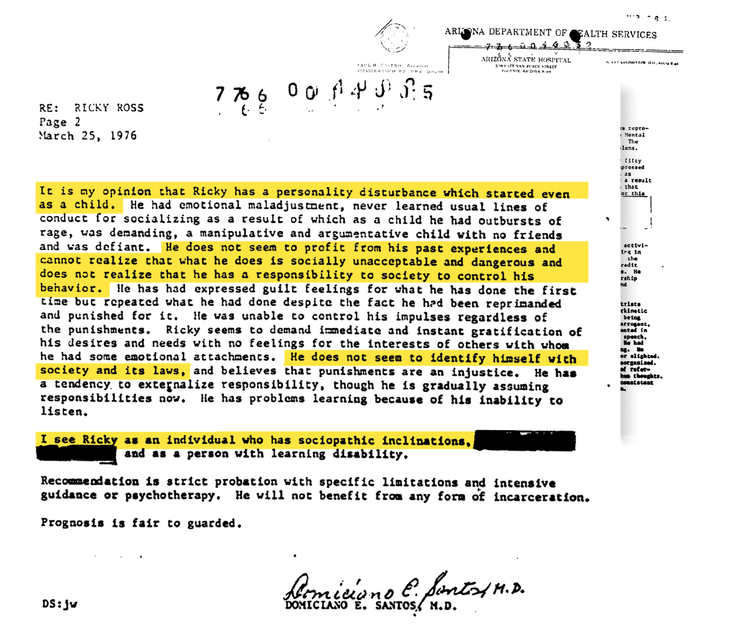
Ross was convicted of conspiracy to commit grand theft, a felony. A senior probation official recommended “that the defendant be sentenced to serve a maximum term in the Arizona State Prison,” but Ross dodged the pen by obtaining psychiatric evaluations attesting to his psychological instability.
In one evaluation for Arizona Department of Health Services, Domiciano Santos, MD, wrote his opinion that “Ricky” has had a “personality disturbance” since childhood and has no recognition of his antisocial behavior or his responsibility to society. The doctor concluded in part: “I see Ricky as an individual who has sociopathic inclinations.”
Ross’ convictions were not enough to thwart those inclinations. Several years later, he joined and became a star deprogrammer for CAN. By the mid-1990s, Ross had conducted more than 250 violent or coercive deprogrammings for hire.
CAN thrust their golden thug into the limelight as a “cult expert” with disastrous consequences. Far and away the most tragic was the 1993 raid by the Bureau of Alcohol, Tobacco and Firearms (BATF) and the FBI on the Branch Davidian compound in Waco, Texas, that ended in the fiery deaths of some 80 men, women and children.
Ross first inserted himself into the Davidian world when he deprogrammed Branch Davidian member David Block in 1992. Utilizing false and inflammatory allegations, Ross turned Block into a rabid opponent of the Davidians.
Ross reported to the BATF false information he had obtained from Block, including that the Waco Davidian community known as Mount Carmel was heavily armed. Ross also electrified law enforcement and the Waco media with his alarmist and invented narrative of an impending mass suicide. Fear that “another Jonestown” was in the making and that the Branch Davidians were “stockpiling firearms” grew to become the justification for the massive, armed federal assault on the community.

In a report to both the federal Departments of Justice and Treasury in September 1993, noted Boston University professor and sociologist Dr. Nancy Ammerman criticized the government’s reliance on Ross:
“The [Cult Awareness] Network and Mr. Ross have a direct ideological (and financial) interest in arousing suspicion and antagonism against what they call ‘cults.’ These same persons seem to have been major sources for the series of stories run by the Waco newspaper, beginning February 27. It seems clear that people within the ‘anti-cult’ community had targeted the Branch Davidians for attention.”
According to Ammerman, Ross was consulted extensively during the 51 days of negotiations between the FBI, BATF and the Davidians. “He [Ross] apparently had the most extensive access to both agencies of any person on the ‘cult expert’ list and was listened to more attentively.”
Ross recommended that federal agents try to create dissension between Davidian leader David Koresh and his followers by humiliating him. Ross based this tactic on his experience as a deprogrammer, advising the FBI that this would generate enough friction that his followers would abandon Koresh.
“Any student of group psychology could have dispelled that misapprehension,” wrote Dr. Ammerman. “But the FBI was evidently listening more closely to these deprogramming-related strategies than to the counsel of scholars who might have explained the dynamics of a group under siege.”
— Jury Verdict, 1995
Ross continued to hold himself out as a “cult expert” after the Waco catastrophe and to profit from the deprogramming racket. He abused and violated rights with impunity—until Jason Scott, represented pro bono by an attorney with the Church of Scientology, brought suit over his harrowing abduction.
In 1995, a jury awarded Scott $875,000 in compensatory damages and $4 million in punitive damages against Rick Ross, his key accomplices and CAN.
The jury verdict stated Ross had “recklessly acted in a way that is so outrageous in character and so extreme in degree as to go beyond all possible bounds of decency and to be regarded as atrocious and utterly intolerable in a civilized community.”

Ross challenged the ruling, berating the judge and accusing the court of being manipulated by “cults.” The court upheld the punitive damages award, concluding: “A large award of punitive damages is…necessary” to deter Ross from further deprogrammings. Ross declared bankruptcy.
CAN appealed the judgment and the $1 million in punitive damages the jury levied against them. CAN lost, filed for bankruptcy and closed its doors. The virulent antireligious network and its violent, crime-for-profit spree against law-abiding American citizens came to an end. It was the culmination of a decade-long civil rights effort led chiefly by the Church of Scientology in tandem with a wide range of other religious groups, civil rights organizations, attorneys and law enforcement.
At that time, in 1995, Tony Ortega was trying to make ends meet by writing for the freebie alt weekly, Phoenix New Times. His mindset led him to write a feature intended to vindicate and glorify Rick Ross.
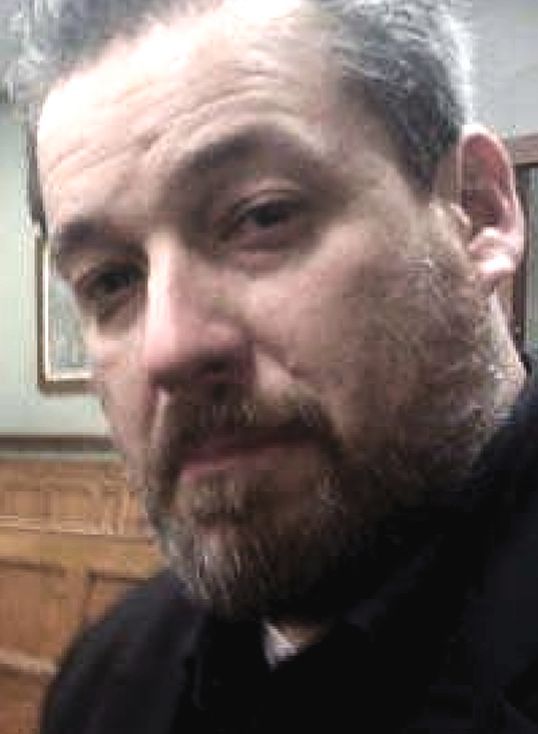
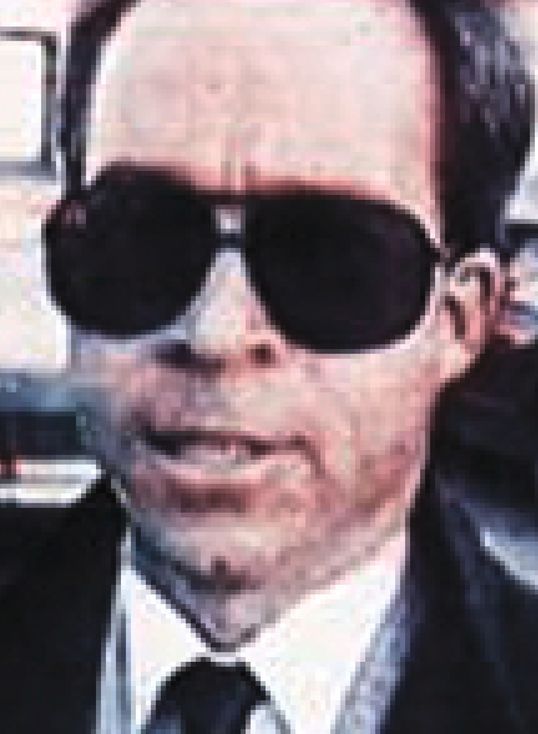
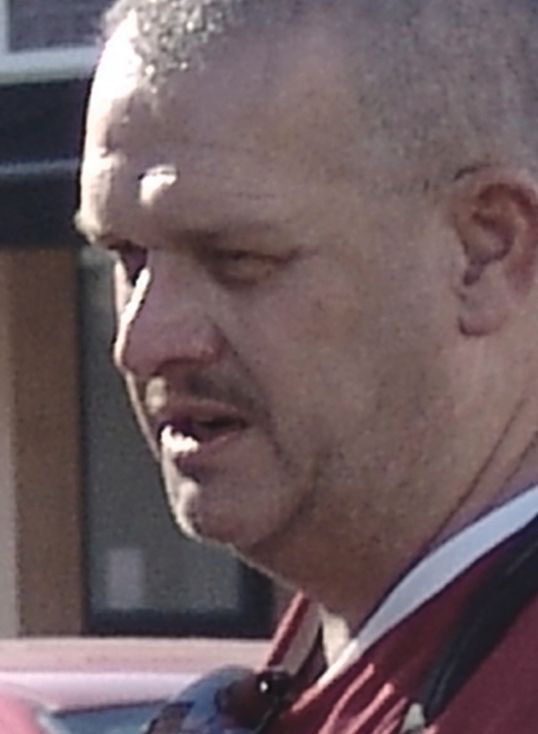
Ortega incredibly laid out his defense of Ross through the words of another CAN “source,” Garry Scarff, who had demolished his own credibility four years earlier through a 36-page declaration confessing to a jaw-dropping enumeration of “blatant lies.” They included Scarff’s fantastic myths of losing his family in the Jonestown, Guyana, massacre in 1978 and salacious sexual acts performed publicly with Jonestown leader Jim Jones—sensational tales CAN had relentlessly pushed to media and at their fundraisers. When CAN learned not a word of it was true, they tried to disown Scarff as one of their own.
Regardless, Ortega went on to use Scarff, by then widely known as a pathological liar, in an attempt to discredit the Church of Scientology for its role in bringing Ross and CAN to justice.
Through the ensuing years, Ortega also attempted to discredit Ross’ two criminal convictions, as a 22- and 23-year-old adult, by creating his own blatant lies: In 2014, Ortega prevaricated that his star source “had gotten in some trouble as a teenager…when he was about 16 years old.” By 2019, Ortega had rewritten Ross’ police record: “When he was 15 years old,” Ortega now invented, “he had stolen something from a department store he worked at.”
A CRIMINAL HATE GROUP
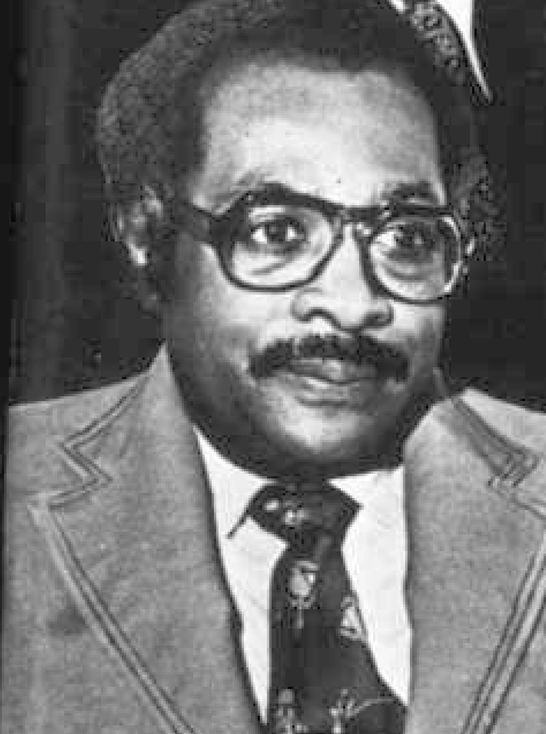
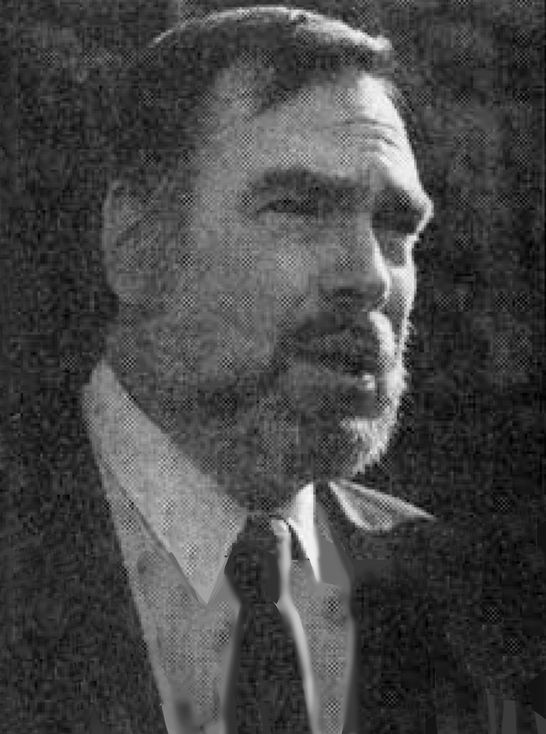
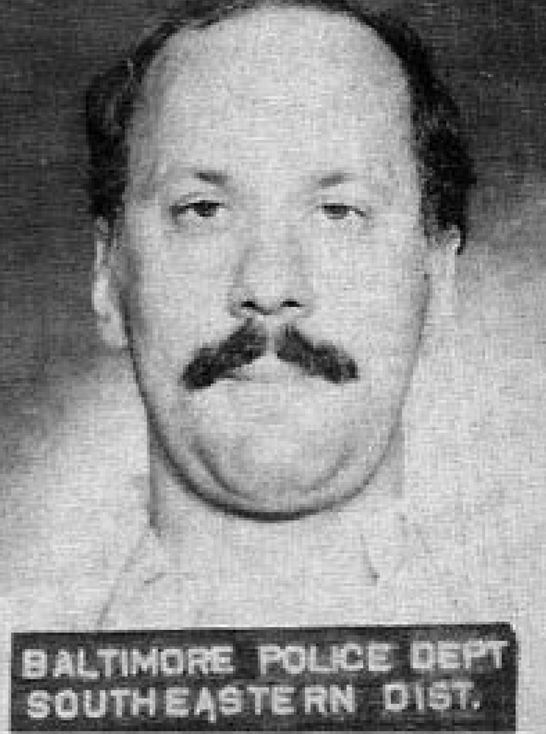
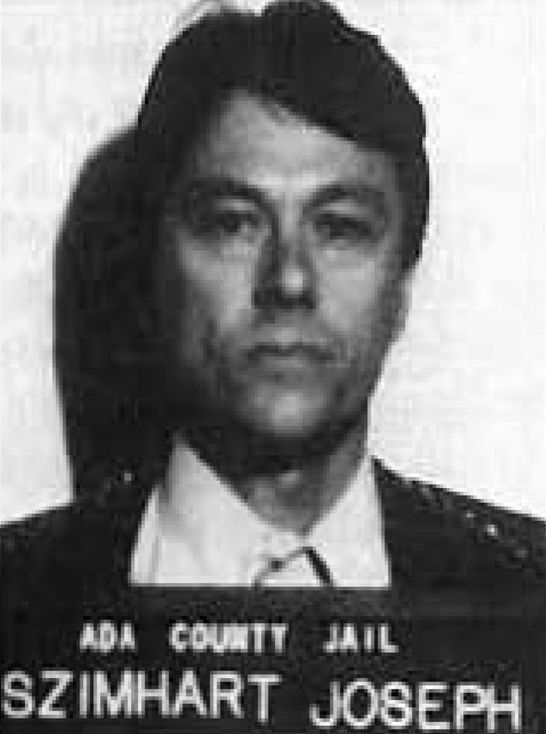
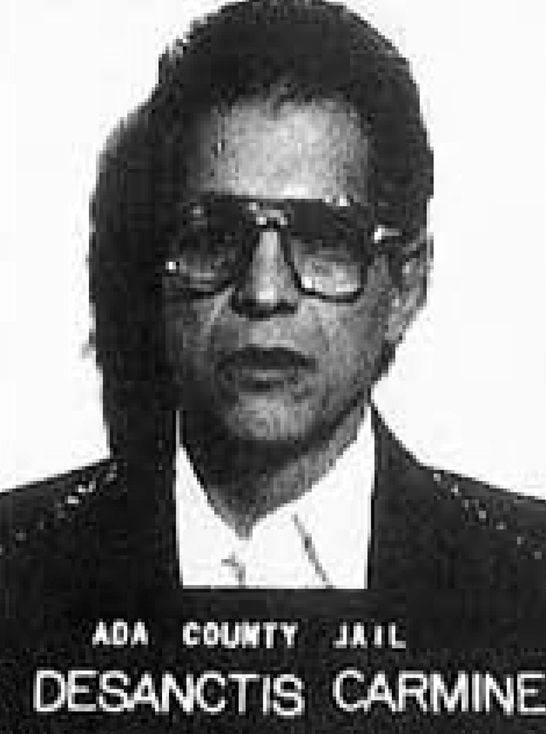
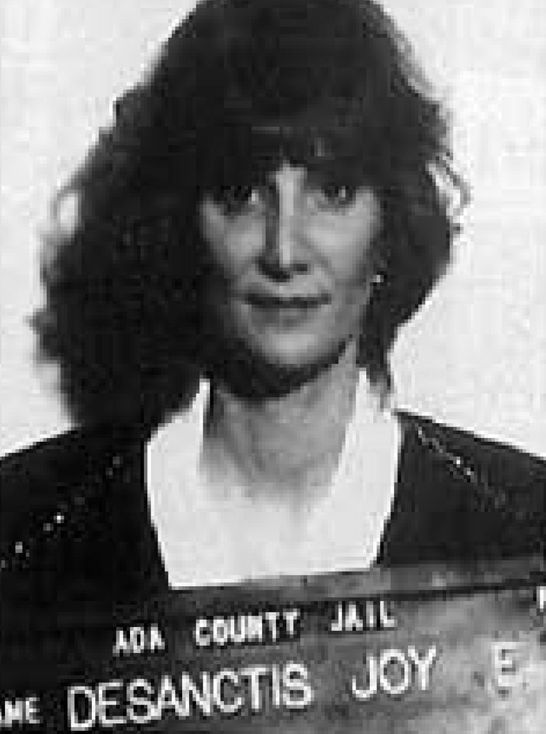
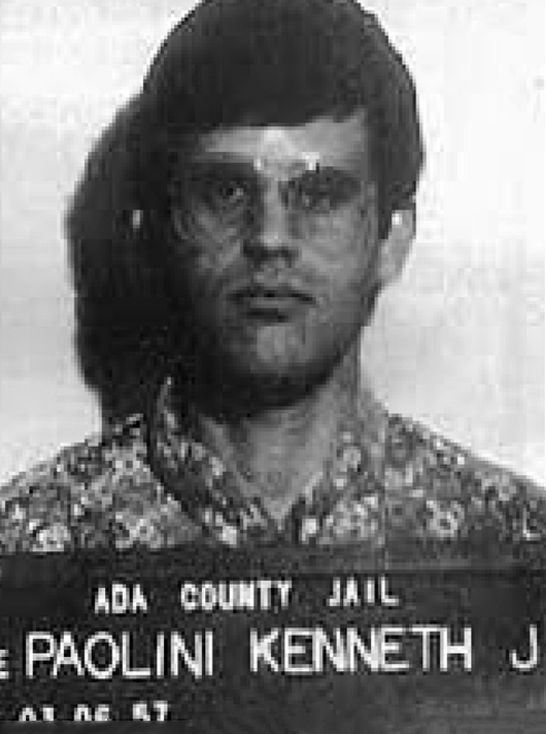
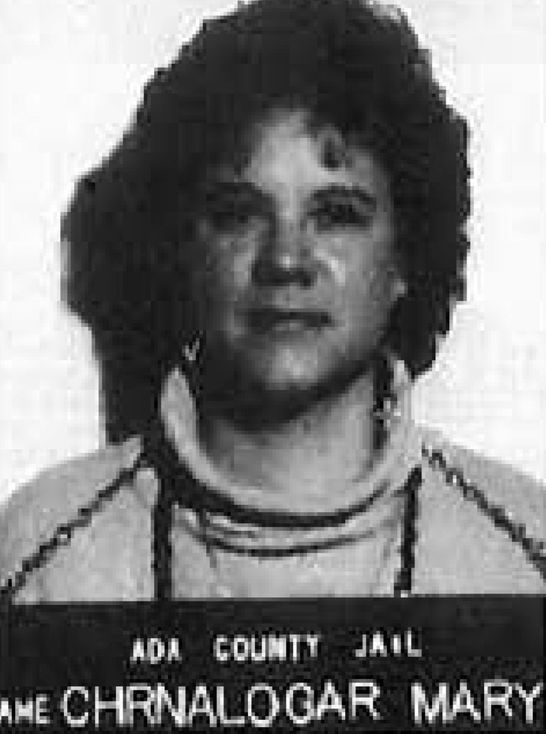
Not surprisingly, Ortega avoided entirely the well-publicized criminal history of Ross’ hate group, Cult Awareness Network, including its principals: co-founder Ted Patrick, their revered “father” of deprogramming, was a thrice-convicted felon repeatedly jailed on numerous charges from kidnapping and violent abduction to sexual assault, including rape.
CAN president Michael Rokos stepped down after the Church of Scientology Freedom magazine discovered he had pleaded guilty to soliciting lewd sexual conduct from an undercover policeman. Rokos had buried the record by deliberately misspelling his name to police as “R-o-k-a-s.”
CAN executive director Cynthia Kisser tried to defend Rokos, even contesting the charges in a lawsuit. Kisser not only lost, but the Church soon exposed that she had tried to hide her own past as a topless dancer.
Tony Ortega—who went on to gain notoriety as guardian of sexual predators and deviants while at New Times and the later-affiliated Village Voice—naturally sympathized with CAN.
For his apologist profile on Ross in Phoenix New Times, Ortega gained a permanent position at the weekly paper. He has repeatedly credited Ross as the source that launched his writing career. “It was the story that basically got me my full-time job there [Phoenix New Times],” Ortega said in one podcast, in 2018. “So it was a huge deal for me.”
Ortega subsequently put Ross on speed dial as a go-to source of commentary on religious matters. Since then, Ortega has written about or quoted Ross dozens of times.
What better person than a man programmed for violent bigotry to provide confirmation bias for Tony Ortega.
